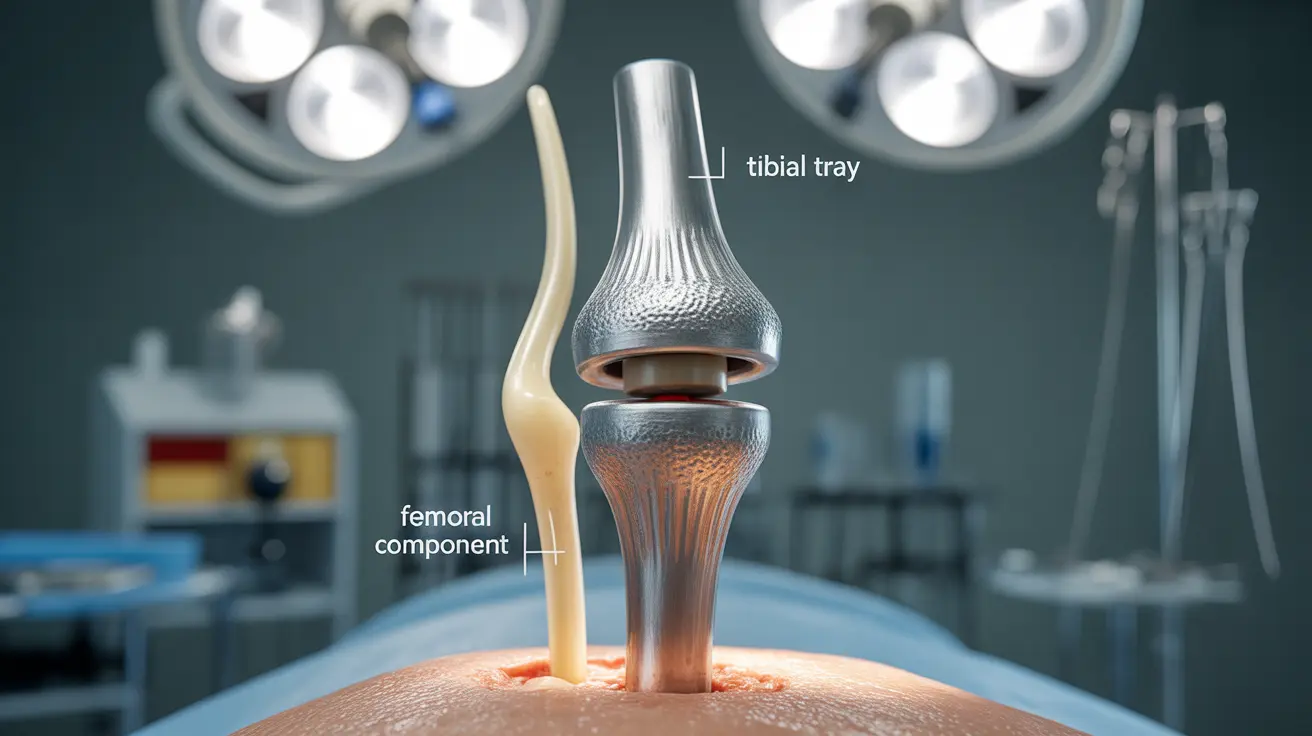Musculoskeletal procedures represent a broad category of surgical interventions designed to treat conditions affecting the bones, joints, muscles, tendons, and ligaments. These sophisticated surgical techniques have revolutionized the treatment of both acute injuries and chronic conditions, helping millions of patients regain mobility and improve their quality of life.
Whether you're considering surgery for joint pain, preparing for an upcoming procedure, or simply seeking to understand your treatment options, this comprehensive guide will walk you through the essential aspects of musculoskeletal procedures.
Common Types of Musculoskeletal Procedures
Modern orthopedic surgery offers various specialized procedures tailored to specific conditions and patient needs:
Joint Replacement Surgery
Total and partial joint replacement procedures are among the most successful musculoskeletal surgeries. These operations involve removing damaged joint surfaces and replacing them with artificial components, commonly performed on knees, hips, and shoulders.
Arthroscopic Procedures
Using minimal incisions and specialized cameras, arthroscopic surgery allows surgeons to diagnose and treat joint conditions with less tissue trauma. This technique is particularly effective for meniscus repairs, ligament reconstructions, and cartilage procedures.
Spinal Surgery
From herniated disc repairs to spinal fusion procedures, these surgeries address various back and neck conditions. Modern techniques include minimally invasive approaches that promote faster recovery.
Preparation and Recovery Expectations
Success in musculoskeletal procedures often depends on thorough preparation and dedicated post-operative care:
Pre-surgical Planning
- Comprehensive medical evaluation
- Medication adjustments
- Lifestyle modifications
- Home preparation
- Pre-operative physical therapy
Post-operative Recovery
Recovery timelines vary significantly based on the procedure type and individual factors. Most patients progress through several distinct phases:
- Immediate post-operative care (1-3 days)
- Early recovery (2-6 weeks)
- Advanced rehabilitation (3-6 months)
- Full recovery (6-12 months)
Physical Therapy and Rehabilitation
Physical therapy plays a crucial role in optimizing surgical outcomes. A structured rehabilitation program typically includes:
- Progressive exercise routines
- Range of motion activities
- Strength training
- Balance and coordination exercises
- Pain management techniques
Risks and Safety Considerations
While modern musculoskeletal procedures are generally safe, understanding potential risks is essential:
Common Complications
- Infection
- Blood clots
- Nerve damage
- Implant complications
- Chronic pain
Risk Mitigation
Healthcare providers implement various strategies to minimize complications, including strict sterility protocols, early mobilization, and careful patient monitoring.
Frequently Asked Questions
What are the most common types of musculoskeletal surgical procedures and what conditions do they treat?
The most common procedures include joint replacements for arthritis, arthroscopic surgeries for sports injuries, spinal procedures for disc problems, and fracture repairs. These surgeries treat conditions ranging from degenerative joint disease to acute trauma and chronic pain conditions.
How long does recovery and rehabilitation typically take after musculoskeletal surgery?
Recovery duration varies significantly by procedure type and individual factors. Minor arthroscopic procedures may require 4-6 weeks, while major joint replacements typically need 3-6 months for full recovery. Some patients may continue improving for up to a year post-surgery.
What are the risks and potential complications associated with musculoskeletal procedures?
Common risks include infection, blood clots, nerve injury, and implant-related complications. The specific risk profile depends on factors such as the type of surgery, patient health status, and adherence to post-operative care instructions.
How does physical therapy help improve outcomes after musculoskeletal surgeries?
Physical therapy accelerates healing by improving strength, flexibility, and function. It helps prevent complications, reduces pain, restores range of motion, and teaches patients proper movement patterns for long-term success.
What are the differences between joint replacement, joint fusion, and arthroscopy in musculoskeletal treatment?
Joint replacement involves substituting damaged joints with artificial components, while fusion permanently joins bones together. Arthroscopy is a minimally invasive technique using small incisions and cameras to diagnose and treat joint problems. Each approach serves different purposes and conditions.




